Electric vehicle range is the wrong thing to be worrying about
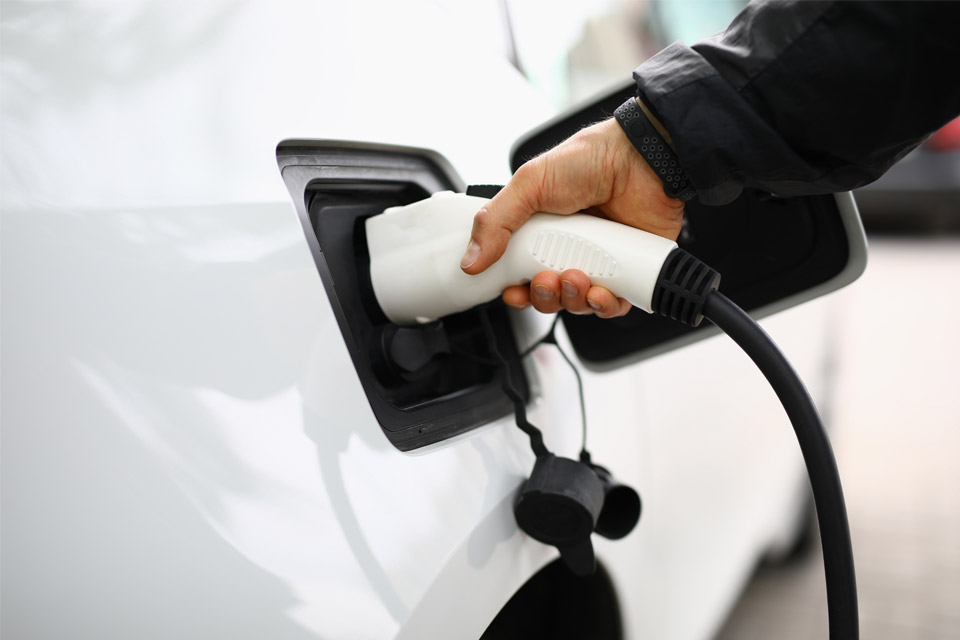
Fleet Managers staring down the barrel of the 2030 ICE vehicle sale ban have become preoccupied with the issue of electric vehicle range. It’s often cited as the number one barrier to the adoption of EVs, alongside concerns about where to charge. But what if that’s the wrong thing to be worrying about? Mark Roberts, […]
The WhichEV View: JATO market data confirms massive increase in EV registrations in Europe

By James Morris, Editor, WhichEV For more than 30 years, Jato Dynamics has provided precision data on changes within the car market and their reports always make for interesting reading. Its latest update includes a summary of new vehicle registrations from across Europe for June 2021. With the pandemic seemingly well behind us now, the patterns are […]
The electric vehicle revolution: How our homes are driving the green transition

By Ella Pumford (pictured), Content Manager at St. Modwen Homes Electric vehicles are driving the UK’s green transition, helping the nation on its journey towards sustainability and net zero emissions by 2050. To achieve this goal, the sale of new petrol and diesel cars will be banned after 2030, meaning that the future roads are […]
Can electric vans keep up with the pressuring demands of online shopping?
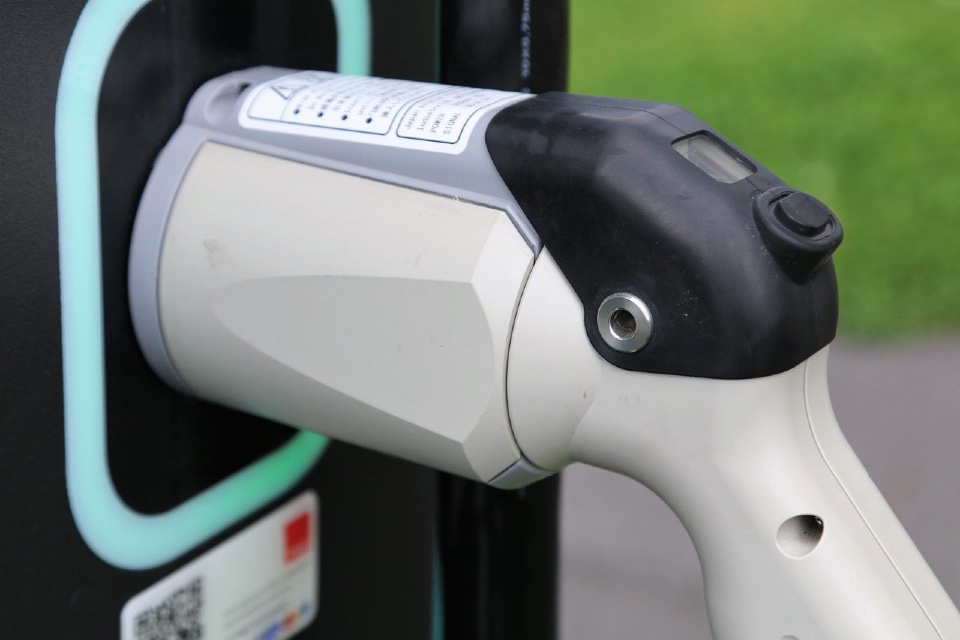
The courier sector is currently experiencing two major consumer demands – an ever-increasing expectation for rapid delivery times, and a growing concern for greener methods. Balancing these two requirements has been difficult, and the recent pandemic has only amplified the pressure, with more parcels and packages heading out onto the roads than ever before. Couriers […]
Royal Mail engages all-electric company car schemes

Royal Mail has announced a new initiative to ensure all its company cars will be electric by 2030, as the company builds on its ambitions to become a net zero carbon emission business with a 100% alternative fuel fleet. Under the plans, the Royal Mail will rework all of its current car schemes to accelerate […]
The WhichEV View: Why your company should buy you an EV today

By James Morris, Editor, WhichEV In April 2020, the Benefit-in-Kind (BIK) rate for EVs dropped to 0% for the tax year. It rose to 1% for 2021-22, then 2% for three years from 2022 to 2025. Given the previous rate 16%, these are significant changes. In other words, if you received an electric vehicle as a […]
The WhichEV View: Future electric cars – Best upcoming electric cars, SUVs and pickup trucks

By WhichEV All-electric vehicles are gaining a lot of traction. Growing interest from consumers is driving manufacturers to diversify their portfolios, while governments play a role in offering tax incentives and improving the country’s infrastructure. Gone are the days where an electric vehicle (EV) is slow, unsuitable for long-distance commutes, and expensive: government grants offer […]
Considering electric vehicles? Don’t be in the dark
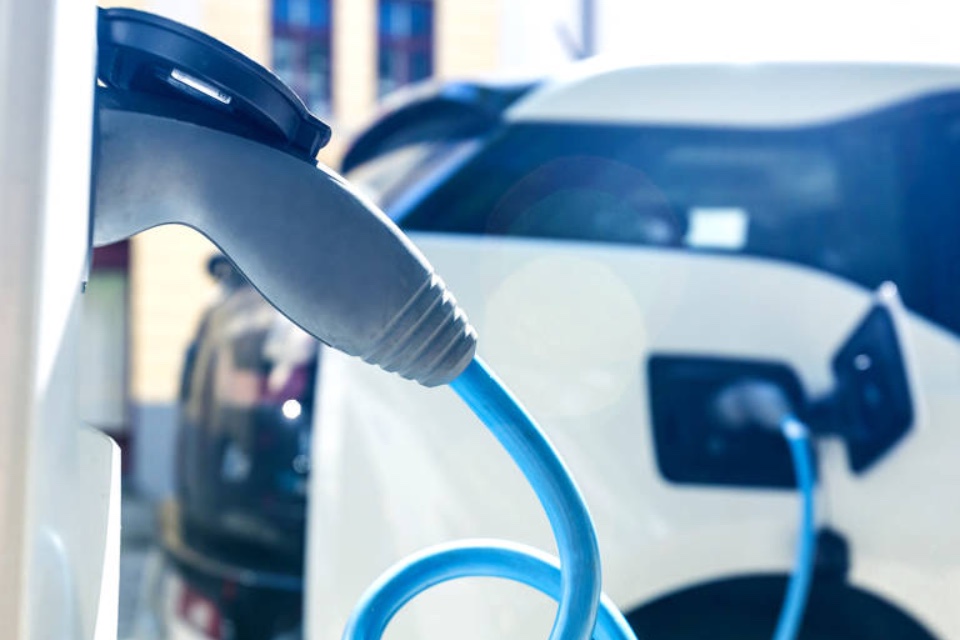
By Drax If you’re considering switching your fleet to EV, you can’t make decisions in the dark. You need real intelligence. As the range of available EVs grows, your opportunities for efficiencies and cost savings will expand too. Telematics provides the best route to optimising the benefits of electrification. Drax Electric Vehicles can help you […]
Record numbers of vans on UK roads
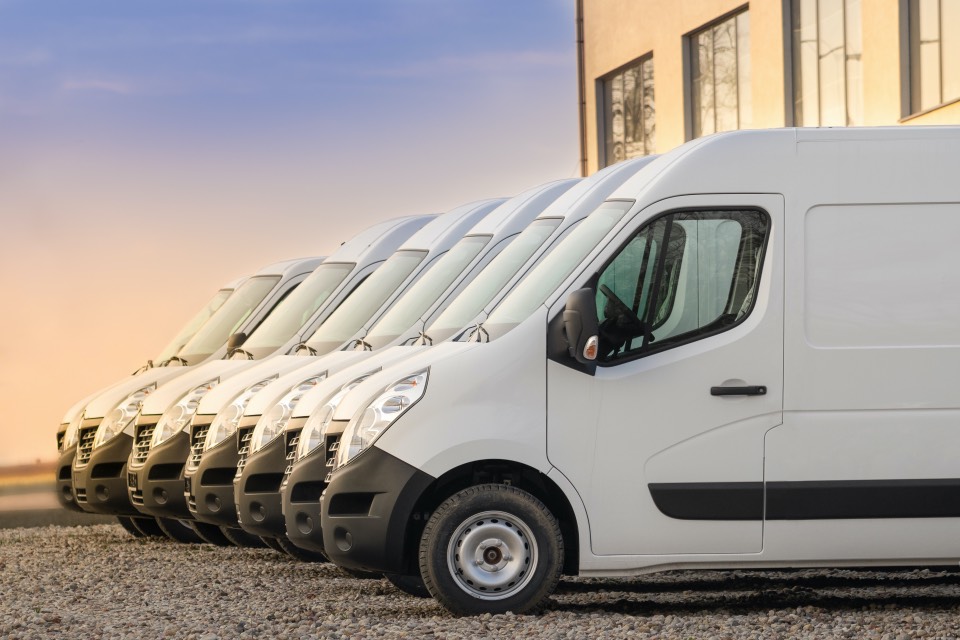
Commercial vehicles now account for 13.1% of all vehicles on the road in Britain – the highest recorded this century, according to figures released by the Society of Motor Manufacturers and Traders (SMMT). SMMT’s annual automotive census has revealed that, as of the end of 2020, there were 4,604,861 vans, 589,445 trucks, and 73,608 buses […]
BENF: EVs will be cheaper than petrol cars in all segments by 2027
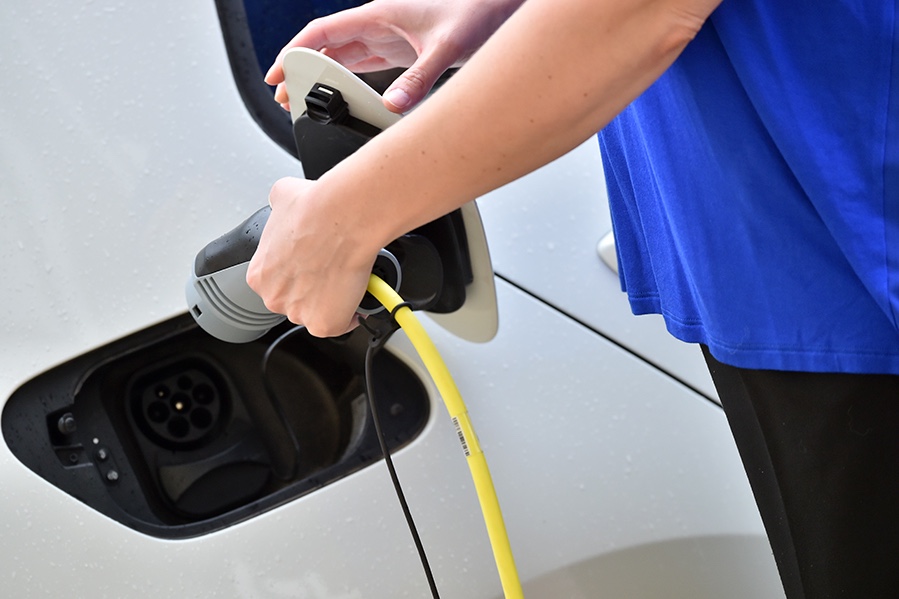
Electric cars and vans will be cheaper to make than fossil-fuel vehicles in every light vehicle segment across Europe from 2027 at the latest, according to a new BloombergNEF study commissioned by Transport & Environment (T&E). The research found that battery electric vehicles could reach 100% of new sales across the EU by 2035, if lawmakers introduce […]


